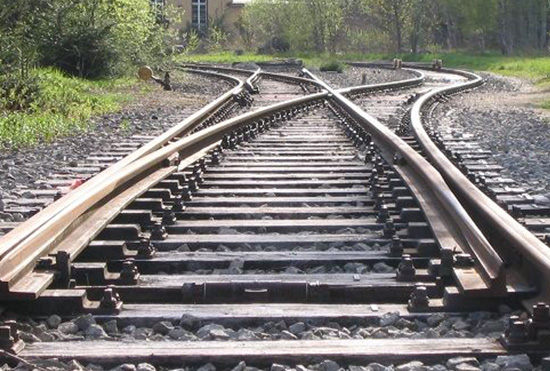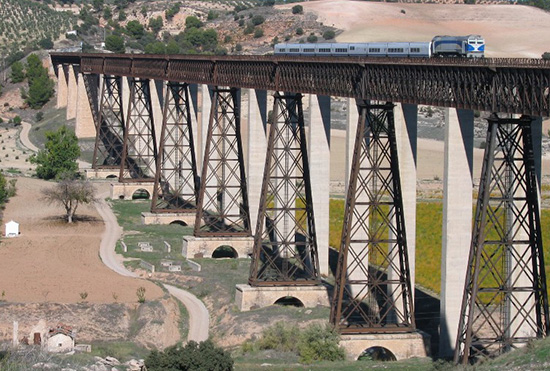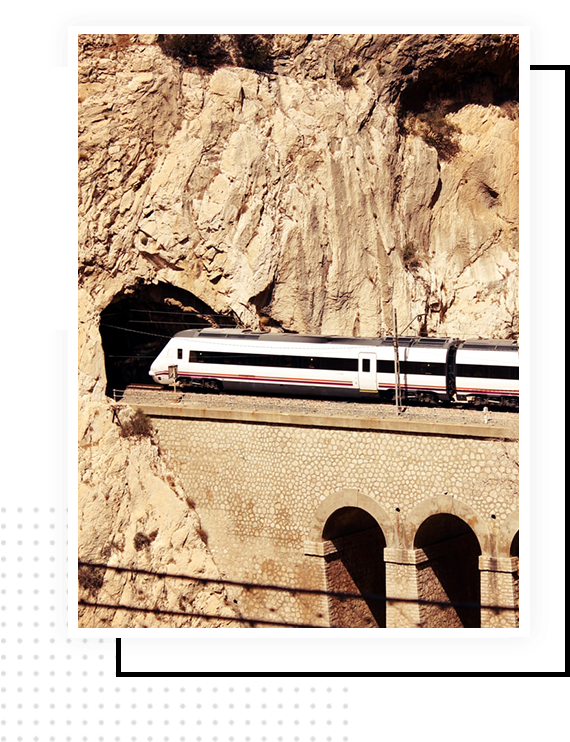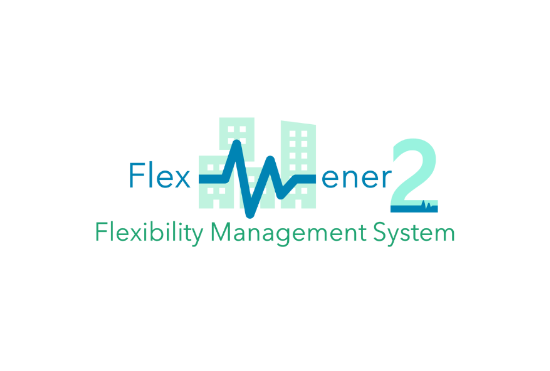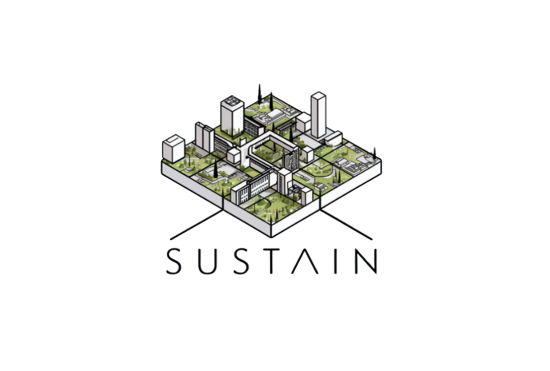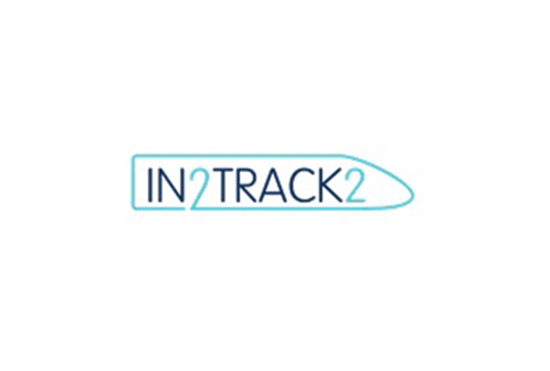
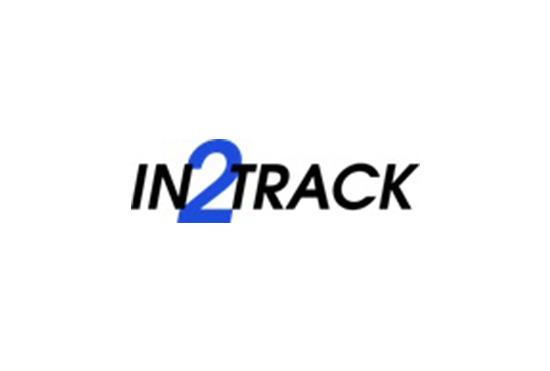
Gallery Info
Description
The aim of the IN2TRACK project is to make advances towards achieving the overall Shift2Rail objectives:
- Increasing network CAPACITY through improved infrastructure availability;
- Increasing the RELIABILITY delivering better and consistent quality of service of the European rail system;
- Reducing the LIFE CYCLE COST (LCC) increasing competitiveness of the European rail system and European rail supply industry.
This is achieved by a thorough understanding of root causes and identification of related life cycle cost effective solutions.
The technology that is enhanced by IN2TRACK can be divided in three specific subsystems:
- Switches & Crossings. IN2TRACK deals with the problematic of S&C from different points of view: in one hand, the optimization and improve of S&C in order to ensure an optimal use; on the other hand, an innovative design having taken into account the cost optimization during the whole life cycle, including the maintenance; and finally from a holistic approach, considering the whole system.
- Track. IN2TRACK addresses the use of tools based on the concept of virtual test which allow the analysis in order to improve the properties related with the noise emissivity, structural deterioration and system reliability.
- Structures. IN2TRACK develops new methodologies in order to extend of the remaining useful life of bridges and tunnels, which includes maintenance, repairing and upgrading. Complementary, it studyies new methodologies for zero intrusive inspections along with early damage detection techniques.
CEMOSA's role
CEMOSA’s contributions in the project IN2TRACK are mainly focused in two different aspects:
- Development of models and tools for the design and validation of the new infrastructure components. Among these tools, it is highly remarked the use of Track Information Modelling (TIM) and RAMS&LCC, and costs and failures database.
- In the field of structures, CEMOSA develops dynamic models for the assessment of the behaviour in bridges, which could be feed from the monitoring systems. Together with these developments, CEMOSA contributes to the creation of new structural assessment methodologies based on the performance indicators for the estimation of remaining useful life in bridges
